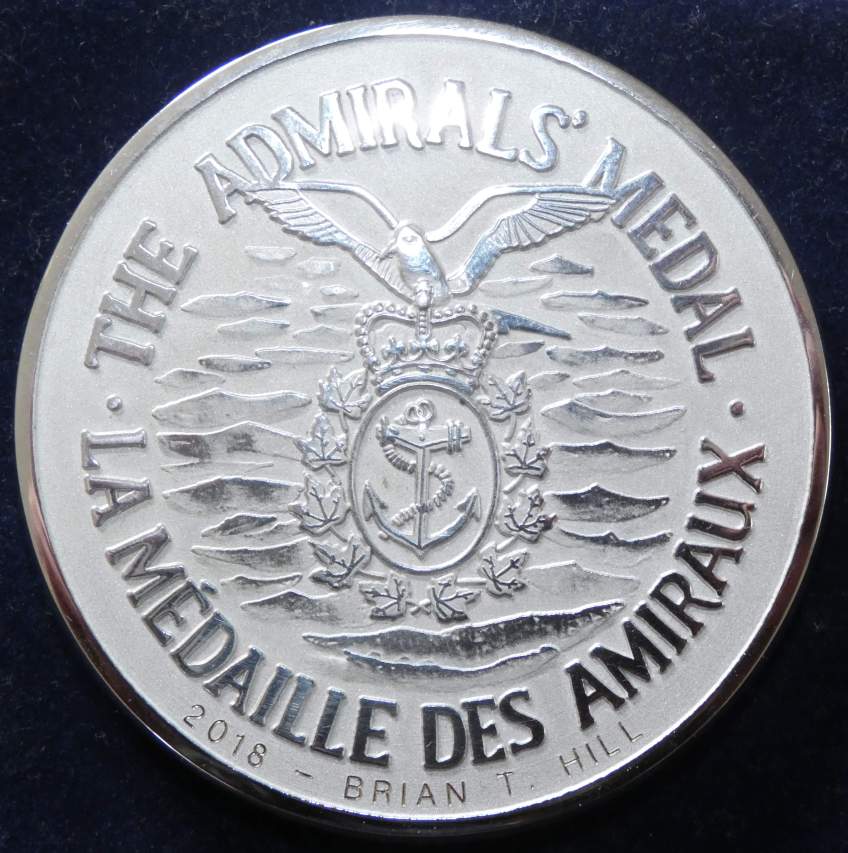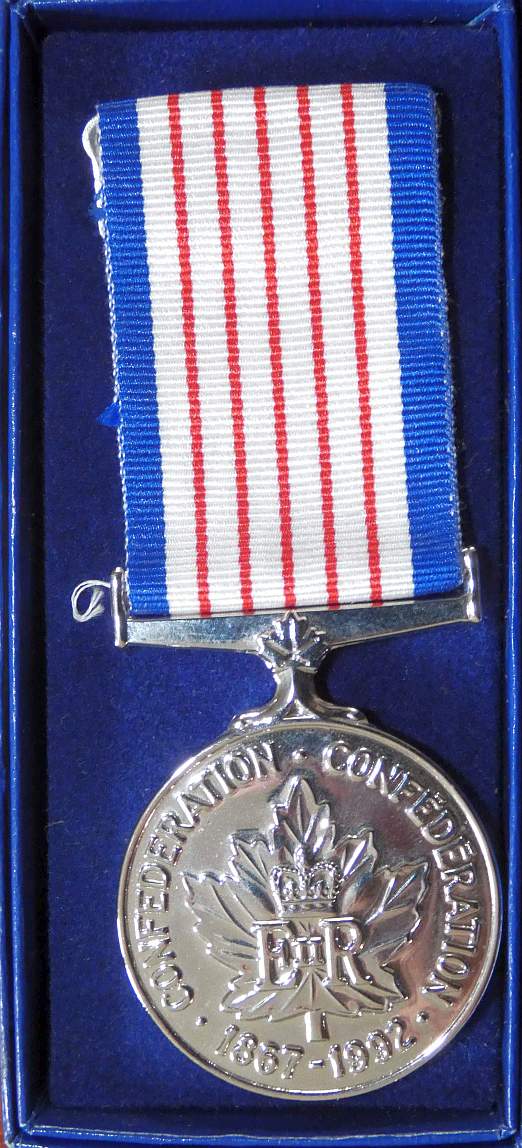
This is just a brief introduction of myself to give an idea of my overall experience and how this website came to be.
I retired from the National Research Council Canada in 2009 after 25 years of operating their physical ice modeling basin in St. John’s Newfoundland. Most of the 15 years prior to that time I had spent in the field in both the Antarctic and the Arctic in various disciplines all of which amounted to considerable experience and knowledge when trying to model ice conditions in the Ice Tank.

My passion has always been research, and snow and ice. I started off my career in Chemistry, earned at the new Napier (the guy who invented logarithms) Technical College, Edinburgh, and now a very popular university, while working in the local Medical Research Council Unit. Holidays and weekends were spent climbing in the Scottish Highlands.
Tower Ridge, Ben Nevis, Scotland
1968 saw my first venture to the Arctic, participating in the Edinburgh East Greenland Mountaineering Expedition to the Stauning Alps. That was a mind and career bending moment. goodbye to lab work (at least for now).
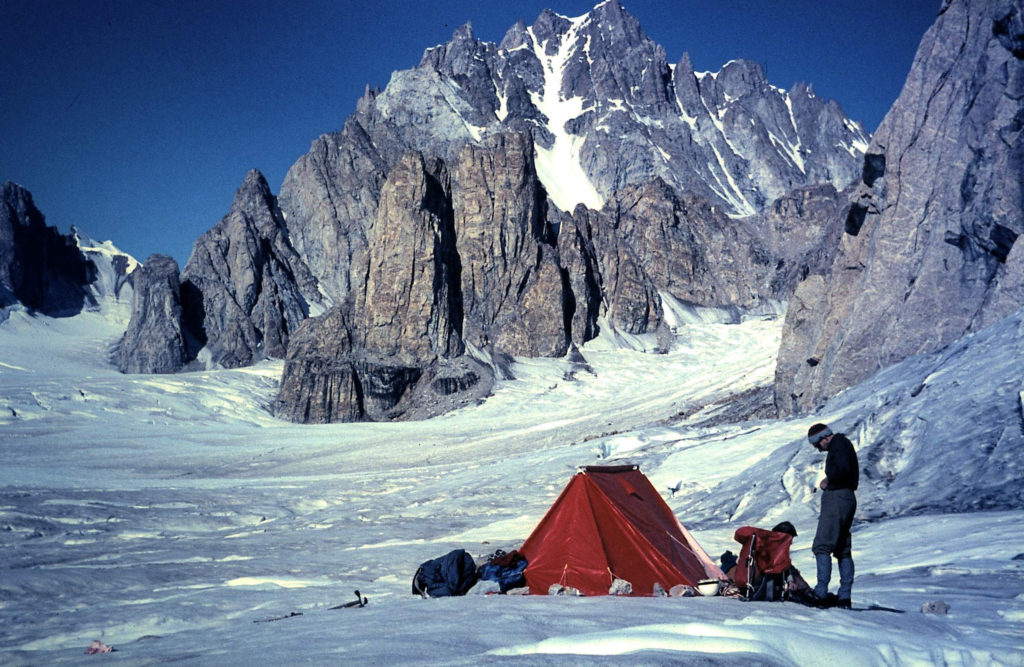
3rd Ascent of Norsketinde (2,592m/8504 ft), 2nd highest peak in the Stauning Alps. Route was up the obvious couloir to about half way then onto the ridge on the right to avoid rock fall and avalanches.
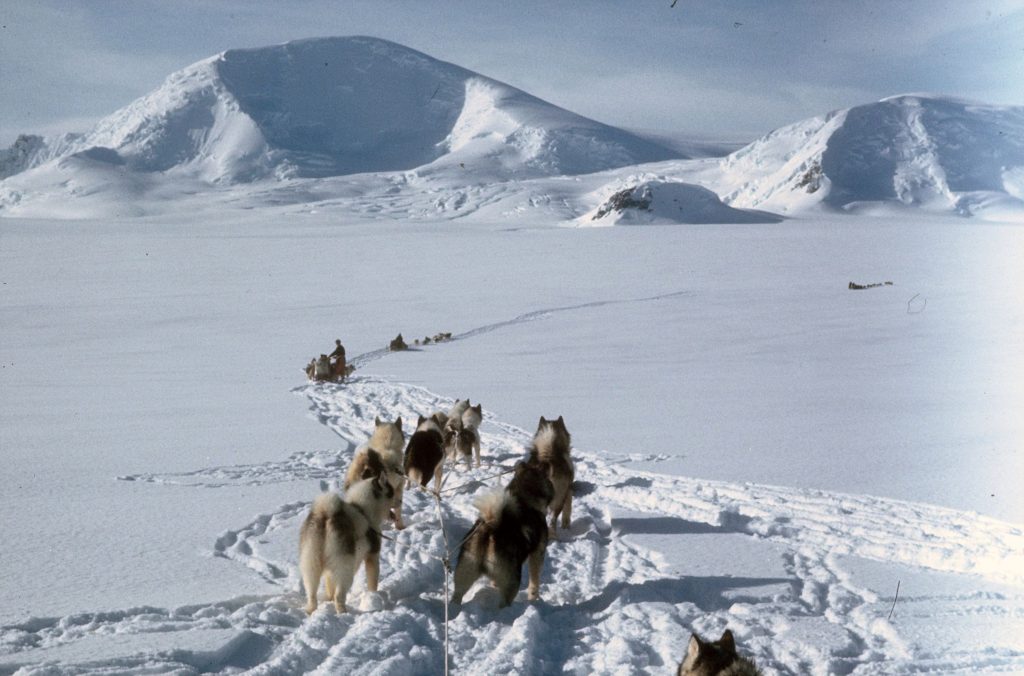
In 1969 I was off with the British Antarctic Survey for two years as a dog team driver and field assistant in support of their geological, glaciological and survey programs in the Antarctic Peninsula and Alexander Island. Returned home in 1972 after covering almost 3,000 miles over glaciers and sea ice.
Four of eight teams leaving Stonington for a five-month Summer field trip (Photo: Rob Collister)
In 1973 I came to Canada and straightaway went to the Arctic as part of the Baffin Bay North Water Project organised by McGill University, Montreal, the Swiss Federal Institute of Technology (ETH), Zurich, and the Arctic Institute of North America. Three occupied base stations were set up around the head of Baffin Bay at Cape Herschel on Ellesmere Island, Coburg Island and on Carey Islands, Greenland in a research study of the glacio-climatology of the North Water Polynya. My role was principally in support of the sea ice studies across Smith South to Greenland but participated in the numerous other activities of meteorological observations and upper air soundings as well as glaciological studies including protype hot water drilling in a nearby glacier of the McGill Research Station at Expedition Fiord on Axel Heiberg Island. I came out at the end of the program in fall 1974.
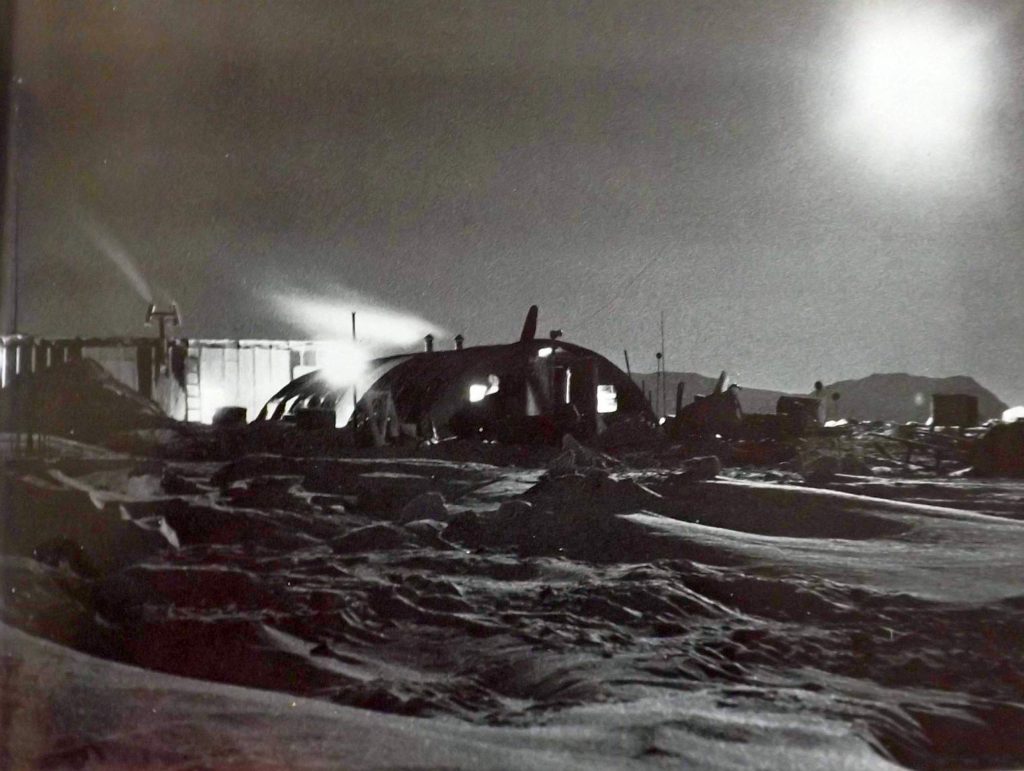
Cape Herschel Camp (Photo: Jakob Weiss, ETH, NWP)
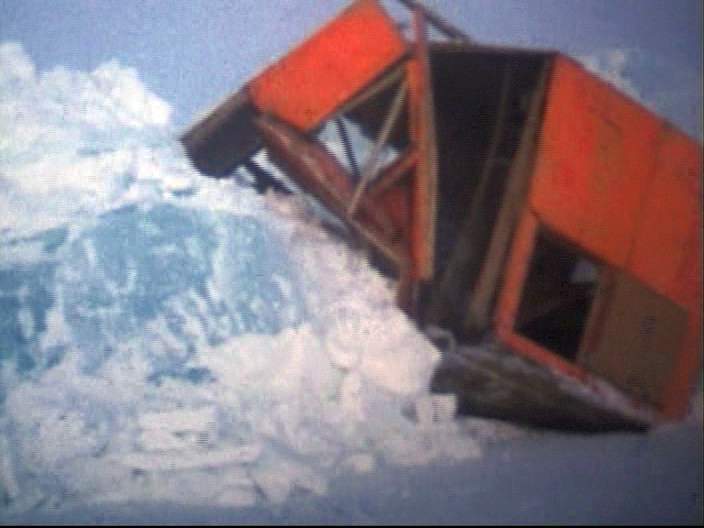
In the winter 1975-76 I was the oceanographic technician for McGill University on the floating ice island “Snowbird” as part of the Arctic Dynamics Joint Experiment (AIDJEX) in the Beaufort Sea performing the many current and salinity measurements, interrupted on one occasion by the severing of the ice floe with one hut being subsequently crushed in the ice and three others ending up three miles away.
One of the ice station Snowbird’s huts crushed by ice, March 1976
From 1976 to 1984 I was a field technician for a number of consultant companies operating in the Arctic in support of the oil and gas exploration companies in the north such as Panarctic Oil, Dome Petroleum, and Esso which was also involved in the Labrador Sea. Activities were quite varied but largely involved the setting up of remote automatic weather stations and oceanographic equipment. One principal role was as the “Ice Checker” ensuring the safe transit over the sea ice for Panarctic Construction in setting up new drilling locations on the ice, and also for the seismic crews and surveyors in setting up their lines across the ice. Profiles were also performed for the Polar Gas Project along their projected route, and for ice runways and possible shipping routes.
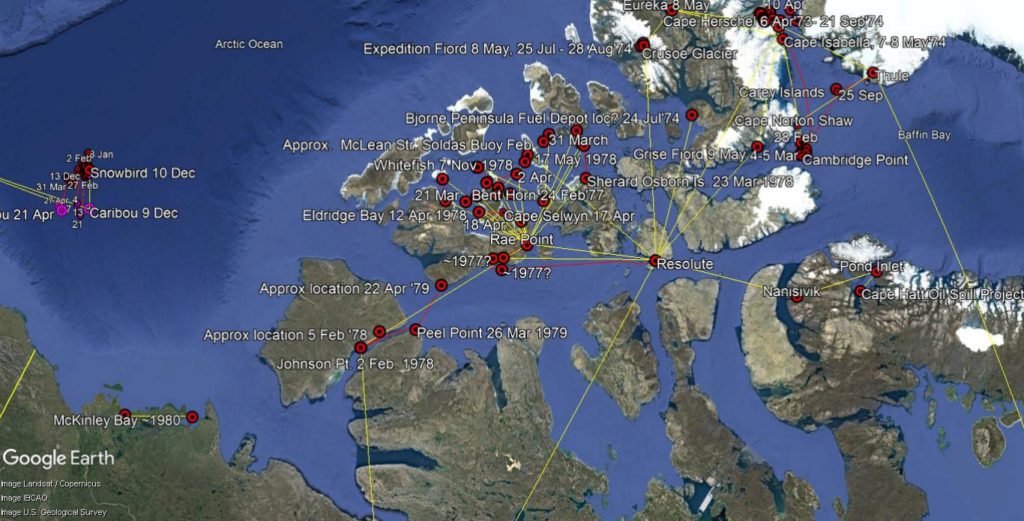
A rather cluttered map of the Canadian Arctic showing most of my travels 1973-1983 with Panarctic’s Rae Point base on Melville Island often being the focal point.
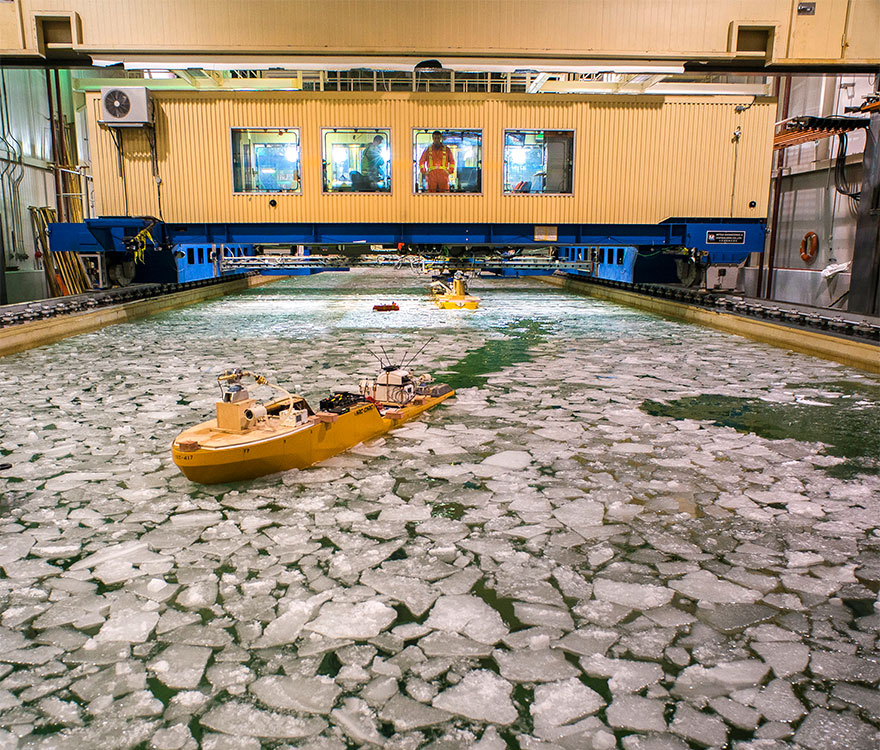
While Arctic oil and gas exploration was winding down in the early 1980s the National Research Council (NRC) were hiring staff for its new Ice Tank physical modeling facility in St. John’s, Newfoundland. They advertised seeking naval architects and PhDs with an interest in ice. I wrote to them that I had neither qualifications but knew a little bit about ice and I was subsequently to become their Ice Tank Supervisor. In my 25 years we grew well over 1,000 ice sheets testing all kinds of sea going vessels as well as other structures such as bridge piers and reservoir dam fuse gates. Some tests were at full scale after capturing bergy bits from the ocean for ship impact studies, and growing full scale ice for abrasion tests on oil transfer hoses.
The NRC Ice Tank in St. John’s, Newfoundland. (Photo from their website)
Other studies included assessing the annual amount of sea ice around the east coast and over the Grand Banks. This became a work of passion and also became a hobby and developed into what we called the Newfoundland Ice Extent, the first of four ice databases reaching back in time to the early 19th century. This expanded into the second database which became the Gulf of St. Lawrence and Scotian Shelf ice extent. Sea ice is limited to the winter months but we had not ignored the presence of icebergs and now realized that we now had a unique collection of iceberg data predating any other compilation. By continuing the search for iceberg data into the remaining calendar months and by combining this data with those of the International Ice Patrol we now had the third ice database, the Iceberg Sightings Database. Captured in the collection of the iceberg data were also the records of those vessels which had unfortunate encounters with the icebergs. Further research into these circumstances gave rise to the fourth and final database, the Ship Iceberg Collision Database with almost 700 events.
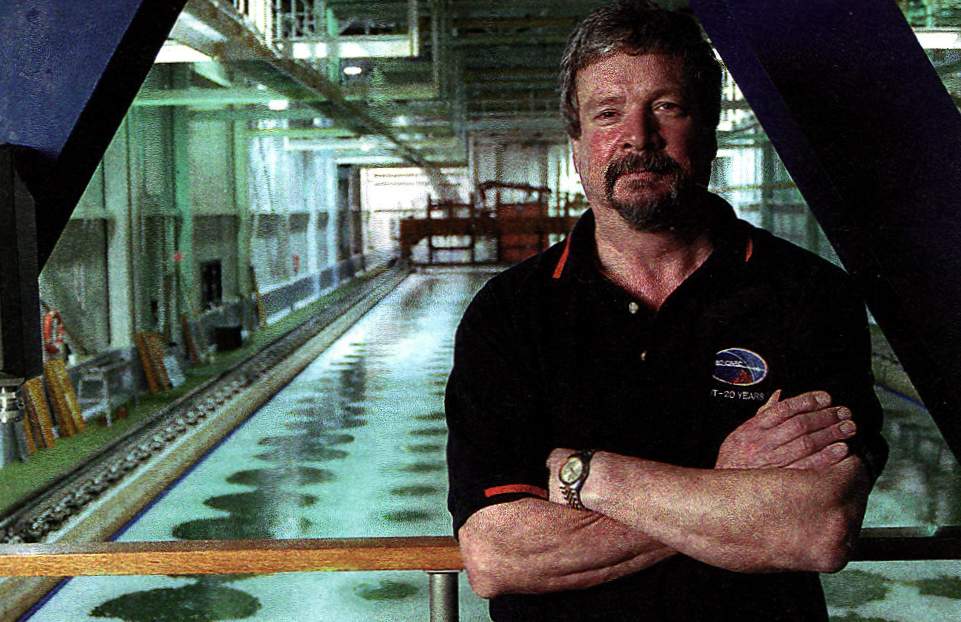
The Ice Tank (from the March/April 2006 issue of the Canadian Geographic Magazine).
The research and compilation of data extended over 20 years with help from staff and numerous work-term engineering students, high school students in the workplace internship program and Women in Science and Engineering students. Their help is greatly appreciated. A website was created by the staff and students which hosted these databases. It was, however, a temporary “Researchers” website not fulfilling all the government’s requirements with the consequence that after my retirement the registration of the website was allowed to lapse. Hence this current revival, with apologies to all my former students that I cannot match their IT skills and wizardry.
